Pond spinning fishing: how to start?
Autumn, the first cold weather, trout in the pond. It would seem like a cliché or perhaps taken from a fishing book. In reality it is a simple consequence of the meteorological change taking place in October, the month in which we enter the heart of autumn. With the closure of the streams, the decrease in the hours of light and the arrival of the first disturbances from the north, which bring cold and rain, all that remains is to leave the rivers and lakes to concentrate the efforts on the sports lakes. For some weeks now, these have been home to rainbow trout, released during the September inaugurations and intended for lake trout fishing. In many of these lakes, from north to south, the practice of float and tremarella fishing is permitted but, above all, the use of metal baits typical of spinning. Here two-piece and artificial bait fishing lovers can breathe a sigh of relief! The spinning season is not over yet: it will be necessary to change spots, strategies and baits but it will be possible to continue fishing for trout even in stagnant waters, as long as you respect the regulations imposed by the managers.
Pond spinning: fundamental concepts
Spinning is a technique created for fishing in running waters. The casting of a minnow, a spinning spoon and an undulating one takes place against the direction of the current. This is done by going up the stream, fishing in the current or in holes or pools. The movement of the water determines a certain behavior of the lure, which affects the predatory instinct of the trout and invites them to attack. In a pond the situation is totally different. There is no current and the water is stagnant. Trout certainly attack out of predatory instinct but they must first of all be identified, then teased with special artificial bait. Fishing therefore takes place by evaluating the "grazing" of the fish which usually move on the surface of the water or on the surface in the autumn period, before heading to the bottom in the cold of December, January and February. Subsequently, dynamic fishing is carried out, on the move, which requires exploring the lake (obviously respecting the distance from other fishermen already present). Various types of bait are tested: sinking, surface, metal, rubber, minnow, etc. Once you get the upper hand with a few bites, you retrieve the fish, unhook it and return to fishing, leaving the position and moving elsewhere. This is because, unlike lake trout with natural bait, the habits of lake trout do not favor the static nature of spinning. In fact, a surprise effect is required to deceive other fish.
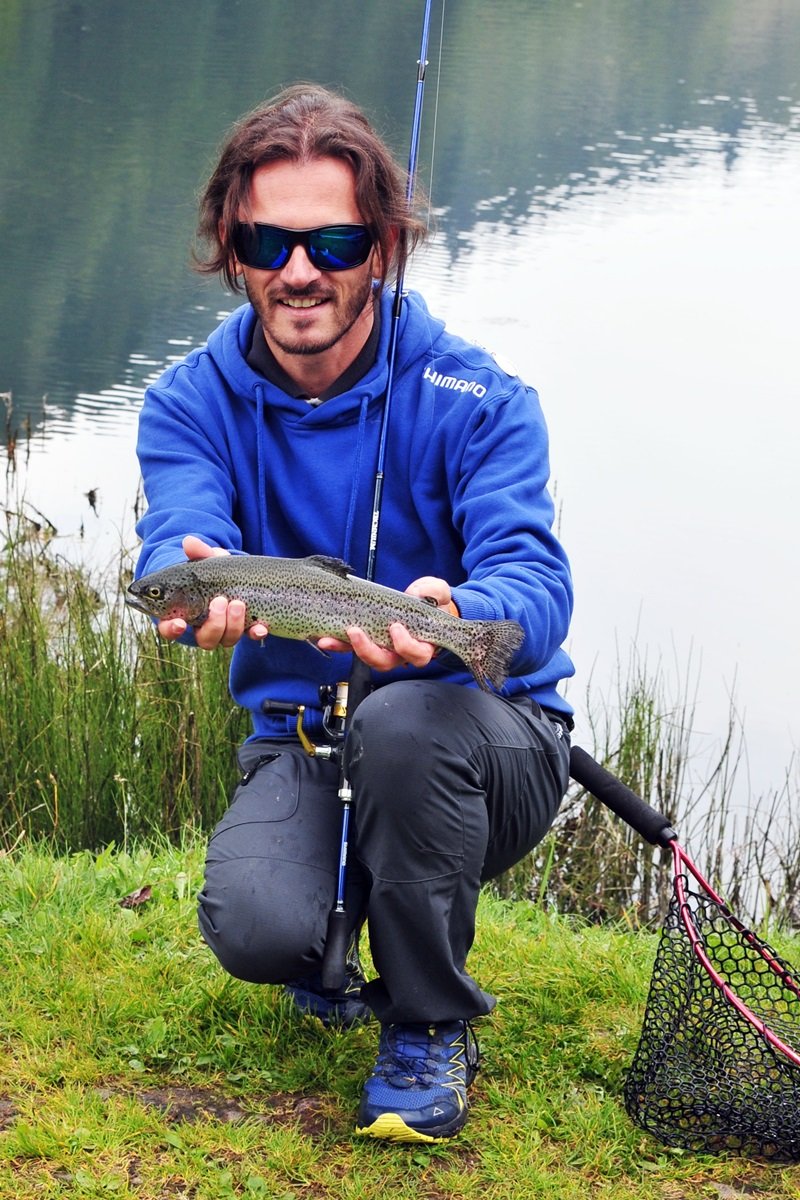 |
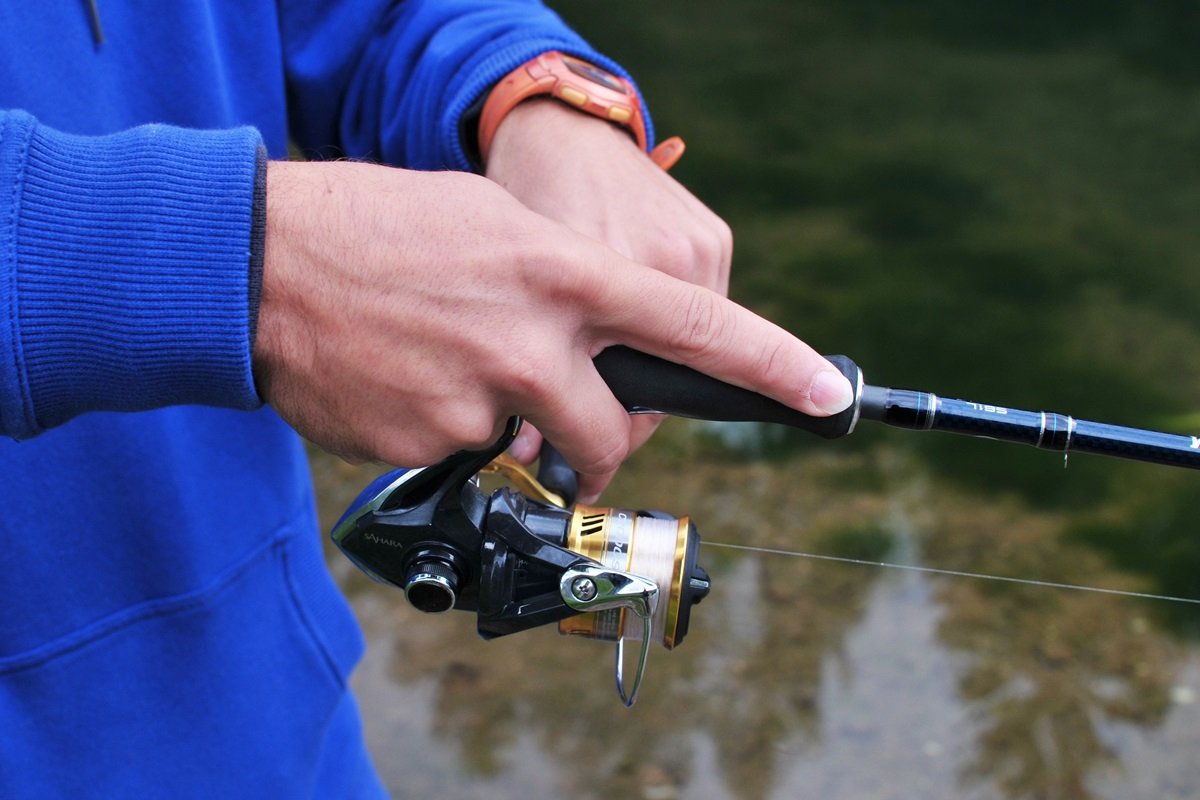 |
Equipment and bait for pond spinning
Spinning fishing in sports lakes requires the use of a one-piece or two-piece rod, fast, practical and capable of casting weights between 3 and 15 grams. Usually these are rods between 1.80 and 2.10 metres, with a "fast" action, suitable for light spinning. We will combine the rod with a 2,000/3,000 size reel, with an oversized spool, to facilitate longer casts with as little effort as possible. Monofilament for pond spinning fishing is usually between 0.18 and 0.22, possibly fluorocarbon. It is also necessary to equip yourself with small carabiners that will connect the line to the lures. A disgorger or multipurpose scissors, a possibly rubberized landing net and, obviously, a bait bag or a simple pouch should never be missing. The chapter on bait is particularly extensive but for editorial needs we will try to be concise. For a pond fishing trip you will need at least 4 or 5 rotating spoons, a few waving spoons and 2 or 3 minnows. Each lure should be different from the other, both in terms of colors and the degree of sinkability. Everything you need is available on Pescalacca, such as:
- Spoons for spinning fishing https://www.pescalacca.it/esche-artificiali/esche-artificiali-cucchiaini.html
- Minnow https://www.pescalacca.it/esche-artificiali/esche-artificiali-minnow.html
- Ondulanti https://www.pescalacca.it/esche-artificiali/esche-artificiali-ondulanti.html
Useful tips for pond spinning
There are some trout fishing strategies that can be applied to the world of sports lakes. We reveal some of them to you, in the hope that they will constitute a useful deterrent for your future outings. The first, for example, concerns departure. Immediately after sowing the trout, bait a deep hardbait and look for the trout in the underbank, because they will probably be on the "hunt". Subsequently, after having made some catches (or having seen the competitors catch trout in the underbank), change artificial and choose a surface one. Cast towards the center of the pond, let the hardbait sink and retrieve, slowly. The trout will have moved towards the center, so this strategy will be aimed at finding them while they swim freely, with less predatory instinct. Retrieve them with the rod held high, with the reel drag slightly open, avoiding disturbing other fish who might become suspicious. And again, if the "bites" become rarer, change the color of the artificial. At the beginning, when the trout are not very savvy, silver or golden colors are more than sufficient. With the fish pressing in on suspicion, it is good practice to try to arouse curiosity through the use of colors tending towards fluorescent green or fuchsia.
Good fun!

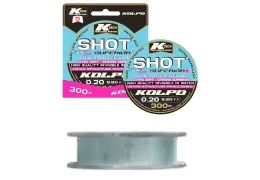
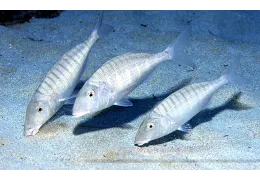
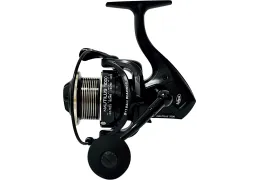
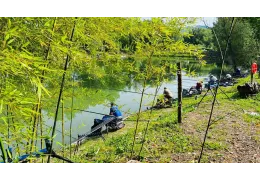

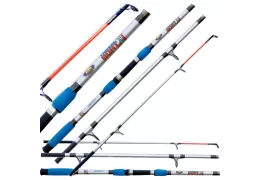
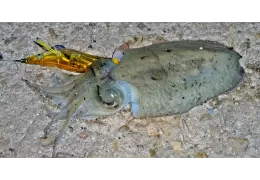
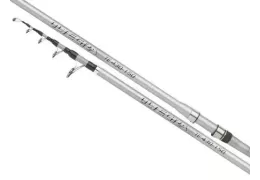
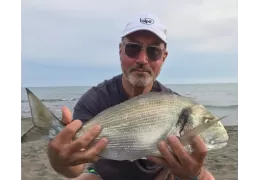
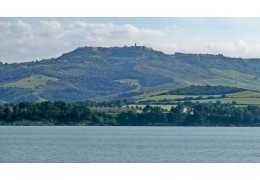

Leave a comment
Log in to post comments